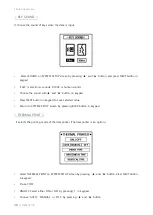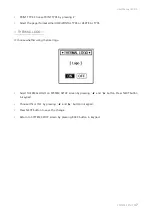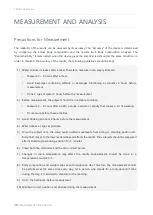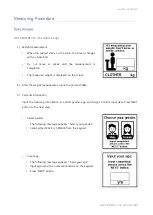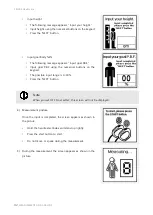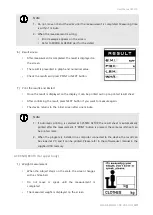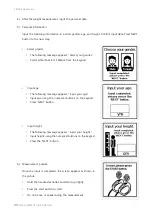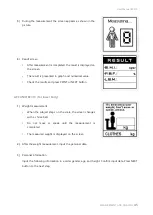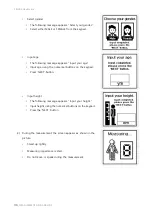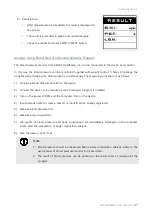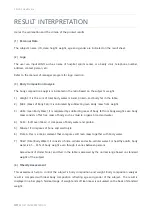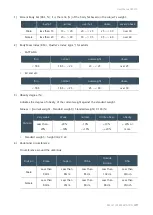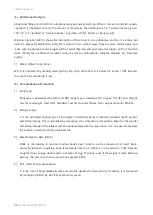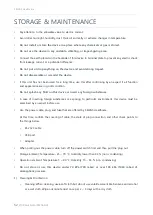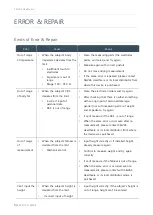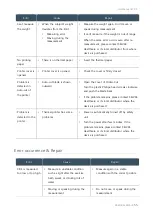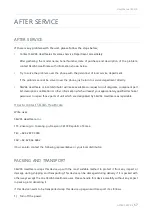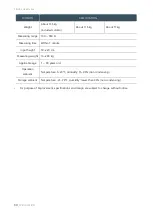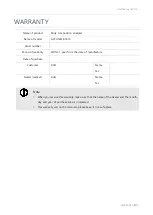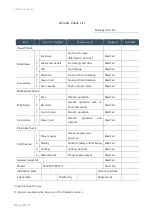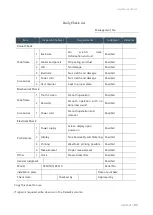
SELVAS Healthcare
50
_RESULT INTERPRETATION
(5)
Abdominal Analysis
Abdominal fatness is divided into subcutaneous type and visceral type. When it comes to body fat, experts
say that it is important not only the amount of fat but also the distribution of it. If visceral fat area is over
100 cm
2
, it is classified as "visceral obesity" regardless of P.B.F., W.H.R. or Body weight.
Waist-to-hip ratio (W.H.R.) shows the distribution of fat stored in one
’
s abdomen and hip. It is simple but
useful to assess fat distribution. Body fat is stored in two distinct ways. They are often called 'apple' and
'pear' type. Apple type shows bigger girth of waist than hip and pear type has bigger girth of hip than
waist. If body fat in abdomen increases more, the risk to cardiovascular diseases, diabetes, etc. becomes
higher.
1)
W.H.R. (Waist to Hip Ratio)
W.H.R. is calculated by dividing waist girth by hip girth. When W.H.R. is below 0.9 (male) / 0.85 (female),
the risk of visceral obesity is low.
(6)
Comprehensive Evaluation
1)
Body Type
Body type is determined by B.M.I and P.B.F. Body type is classified into 9 types; Thin fat, Low Weight,
Low fat Low weight, Over fat%, Standard, Low fat muscular, Obese, Over weight muscular, Athletic.
2)
Biological Age
It is the estimated physical age of the subject considering body composition analysis result, gender,
and biological age. This is calculated by comparing the normal body composition based on the gender
and biological age of the subject with the actual analyzed body composition. It can be used to evaluate
the subject
’
s health and body development.
3)
Basal Metabolic Rate (B.M.R.)
B.M.R. is the calories to maintain human body's basic function such as movement of heart, brain,
neural transmission, regulating body temperature and so on. B.M.R. is in proportion to S.L.M. because
body fat stores energy while muscle consumes energy. Therefore, even if the weight is same between
persons, the person with more muscle has greater B.M.R.
4)
T.E.E. (Total Energy Expenditure)
It is the sum of basal metabolic rate and calories needed for daily activity. Generally, it is calculated
by multiplying B.M.R. by PAL (Physical Activity Level).

